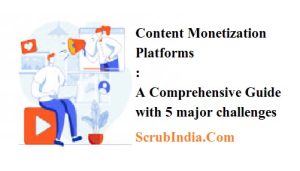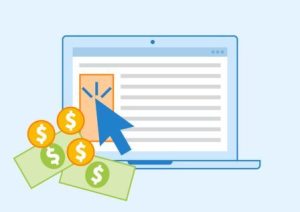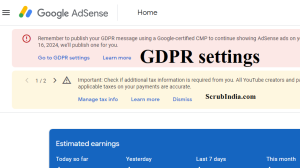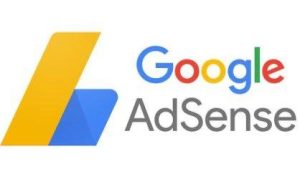Unleashing the Power of Content Monetization Platforms: A Comprehensive Guide with 5 major challenges
Unleashing the Power of Content Monetization Platforms: A Comprehensive Guide with 5 major challenges In this comprehensive guide, we will explore what content monetization platforms are, how they work, and why they are a game-changer for content creators. In today’s digital age, the internet has revolutionized the way we create, consume, and share content. Content […]








